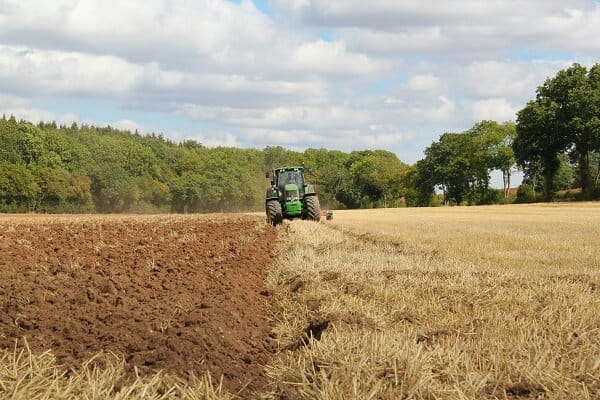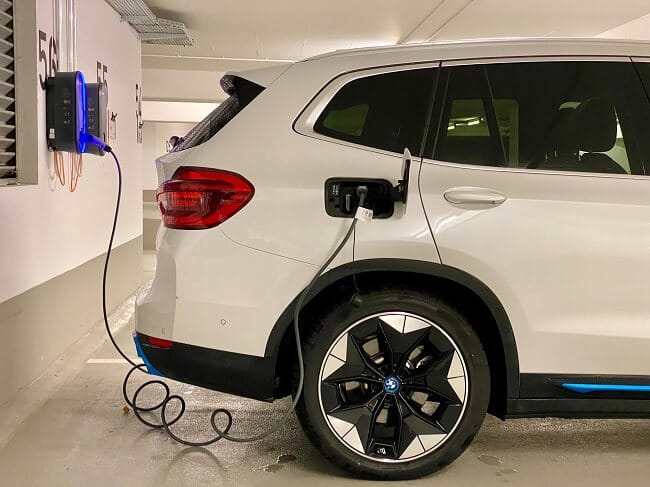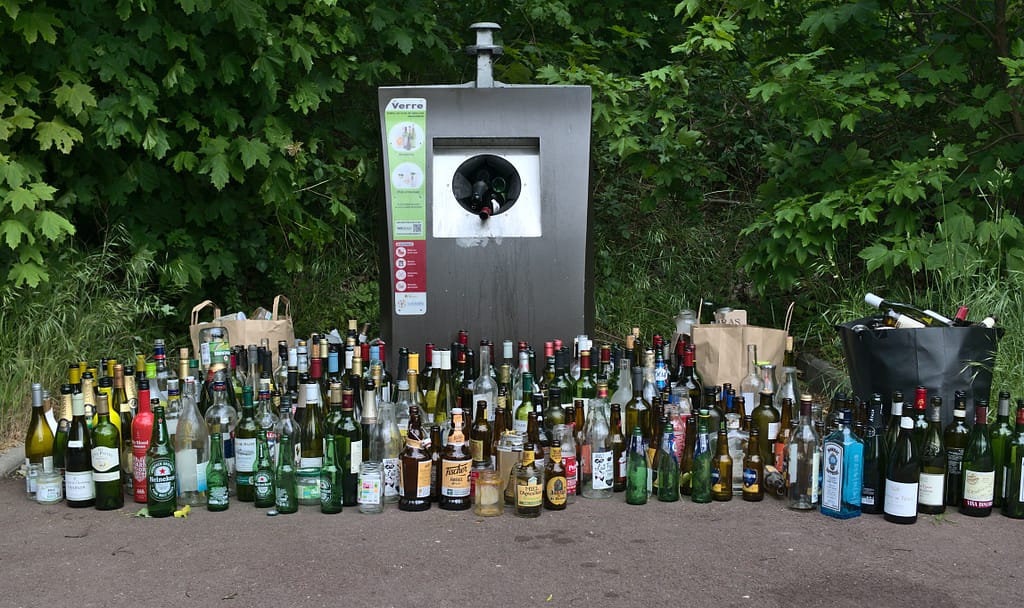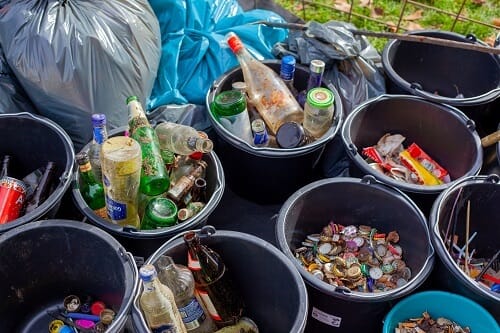
Climate change is an escalating global crisis, and scientists agree that one of the most effective ways to fight it is by reducing the amount of carbon dioxide (CO₂) in the atmosphere. Human activities are responsible for most of the excess carbon in the air, primarily from burning fossil fuels. But the good news is that certain actions can drastically reduce emissions and slow climate change. In this post, we will explore the most impactful activities that humans can adopt to lower CO₂ levels, combat climate change, and preserve our planet’s future.
Let’s dive into the key actions you can take to reduce carbon emissions today.
1. Transitioning to Renewable Energy: The Game Changer
The most powerful way humans can slow climate change and reduce carbon in the atmosphere is by switching to renewable energy sources. Solar, wind, and hydropower do not emit carbon when generating electricity, making them key players in the fight against climate change.

Why It Matters
Fossil fuels like coal, oil, and natural gas are the primary contributors to global CO₂ emissions. By replacing fossil fuels with renewables, we can slash emissions by over 70% globally, according to the International Renewable Energy Agency (IRENA).
Current Impact
In 2023, renewable energy sources supplied over 30% of the world’s electricity. While this is a strong start, transitioning further to clean energy is essential for meeting the 1.5°C warming limit set by the Paris Agreement.
Key Actions
- Install solar panels at home or in business settings.
- Advocate for government policies that incentivize renewable energy.
- Choose green energy plans from utility providers.
2. Sustainable Agriculture: Feeding the World Without Harming the Planet
Another vital activity is sustainable agriculture, which focuses on growing food while minimizing carbon emissions. Traditional farming methods can be harmful to the environment due to deforestation, soil degradation, and the use of chemical fertilizers.

Why It Matters
Agriculture accounts for about 10% of global greenhouse gas emissions, much of which comes from livestock production and fertilizer use. Sustainable agriculture practices, like crop rotation, organic farming, and agroforestry, help sequester carbon in soils and reduce emissions.
Current Impact
According to Project Drawdown, regenerative agricultural practices could sequester up to 23 gigatons of carbon by 2050.
Key Actions
- Support local and organic farms that use sustainable practices.
- Reduce meat consumption, as livestock farming produces methane, a potent greenhouse gas.
- Encourage agroforestry, which integrates trees into agricultural systems to capture CO₂.
3. Energy Efficiency: The Silent Carbon Reducer
Improving energy efficiency in homes, offices, and industries is one of the simplest and most effective ways to reduce carbon emissions. By using energy more wisely, we reduce the need for fossil fuels and cut down on CO₂ emissions.

Why It Matters
The U.S. Department of Energy reports that increasing energy efficiency could reduce global energy use by 30% by 2030. Simple measures like upgrading insulation, using LED lighting, and installing smart thermostats can have a huge impact on reducing carbon footprints.
Current Impact
Globally, energy efficiency improvements are saving billions of tons of CO₂ each year, and these numbers are expected to rise as more businesses and households adopt energy-saving measures.
Key Actions
- Replace old appliances with energy-efficient models.
- Install smart thermostats to regulate heating and cooling.
- Switch to LED lighting and other low-energy options.
4. Reforestation: Nature’s Carbon Capture Machine
Reforestation involves planting trees on land that has been cleared or degraded. Trees naturally absorb CO₂ during photosynthesis, making them a crucial tool in reducing atmospheric carbon.

Why It Matters
Deforestation is responsible for about 10% of global carbon emissions, but reforestation can reverse that trend. One tree can absorb up to 48 pounds of CO₂ per year, according to the Arbor Day Foundation, making reforestation one of the simplest and most effective carbon reduction strategies.
Current Impact
Countries worldwide, including China and Brazil, have launched massive reforestation initiatives, with billions of trees planted to date. These efforts are critical for reaching net-zero emissions.
Key Actions
- Support reforestation projects in your community.
- Participate in global campaigns like the Trillion Trees Initiative.
- Reduce paper use and opt for digital solutions to minimize deforestation.
5. Electric Vehicles (EVs): Driving the Future of Low-Carbon Transport
Transitioning from gasoline-powered cars to electric vehicles (EVs) is one of the most effective ways to reduce carbon emissions in the transportation sector.

Why It Matters
Transportation is the largest source of CO₂ emissions in many countries, particularly in the United States, where it accounts for nearly 29% of all emissions. EVs produce zero tailpipe emissions and have lower lifecycle emissions than conventional cars when charged with renewable energy.
Current Impact
In 2023, over 10 million electric vehicles were on the road globally, and this number is expected to increase rapidly as battery technology improves and governments incentivize EV adoption.
Key Actions
- Purchase or lease an electric vehicle.
- Advocate for more EV charging stations in your area.
- Use public transportation or carpooling to reduce emissions from driving.
6. Waste Reduction and Recycling: Cutting Carbon Through Conscious Consumption
Waste management, particularly reducing waste and recycling, is another important activity that can significantly reduce carbon emissions and slow climate change. When organic waste decomposes in landfills, it releases methane, a greenhouse gas that is much more potent than CO₂.

Why It Matters
According to the U.S. Environmental Protection Agency (EPA), recycling just one ton of paper can save 17 trees and reduce CO₂ emissions by over one metric ton. Meanwhile, reducing overall consumption and choosing sustainable products cuts down on the need for manufacturing, which is a major source of carbon emissions.
Current Impact
Recycling rates have improved globally, but much more can be done. The recycling of metals, plastics, and paper can substantially reduce the demand for new raw materials, conserving energy and reducing emissions.
Key Actions
- Recycle all eligible materials, including paper, plastic, and metal.
- Buy sustainably sourced products with minimal packaging.
- Compost organic waste instead of sending it to landfills.
7. Carbon Capture Technology: A High-Tech Solution for a Low-Carbon Future
While carbon capture and storage (CCS) is still an emerging technology, it holds great promise for reducing emissions from industries that are difficult to decarbonize, like cement and steel production.

Why It Matters
CCS works by capturing CO₂ emissions from industrial processes and storing them underground, preventing them from entering the atmosphere. According to the International Energy Agency (IEA), CCS technology could reduce global emissions by as much as 19% by 2050.
Current Impact
As of 2024, there are around 40 large-scale CCS facilities operating worldwide, capturing and storing millions of tons of CO₂ annually. Continued investment in CCS technology could be a game-changer for heavy industries.
Key Actions
- Support policies and businesses that are investing in carbon capture.
- Encourage companies to adopt CCS in high-emission industries.
- Follow developments in carbon capture technology to stay informed.
Conclusion: Reducing Carbon Starts With You

Reducing carbon in the atmosphere is one of the most critical challenges of our time. The good news is that there are numerous human activities—from adopting renewable energy to driving electric vehicles—that can help decrease CO₂ emissions. By taking action today, we can slow the effects of climate change, protect ecosystems, and ensure a sustainable future for generations to come.
If you’re serious about making a difference, start by adopting one or more of the activities discussed in this post. Every step we take to reduce carbon brings us closer to a cleaner, healthier planet.
Pingback: 10 Proven Scientific Facts That Debunk Climate Change Myths—Here’s What You Need to Know Now! - Ecological Crusader
Pingback: 10 Easy Zero-Waste Swaps for Your Home to Reduce Waste Today - Ecological Crusader
Comments are closed.